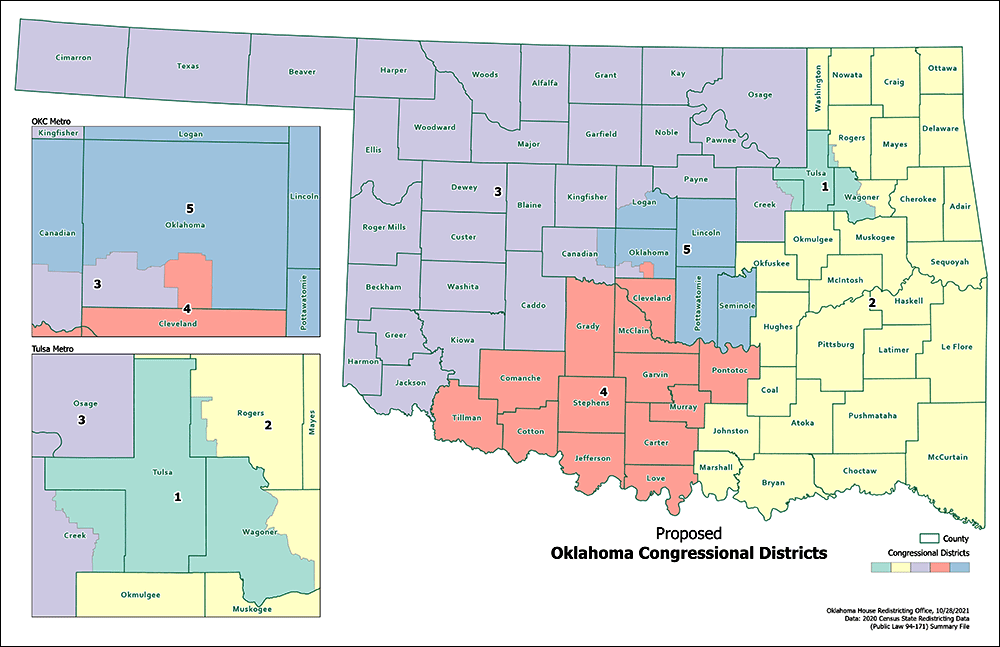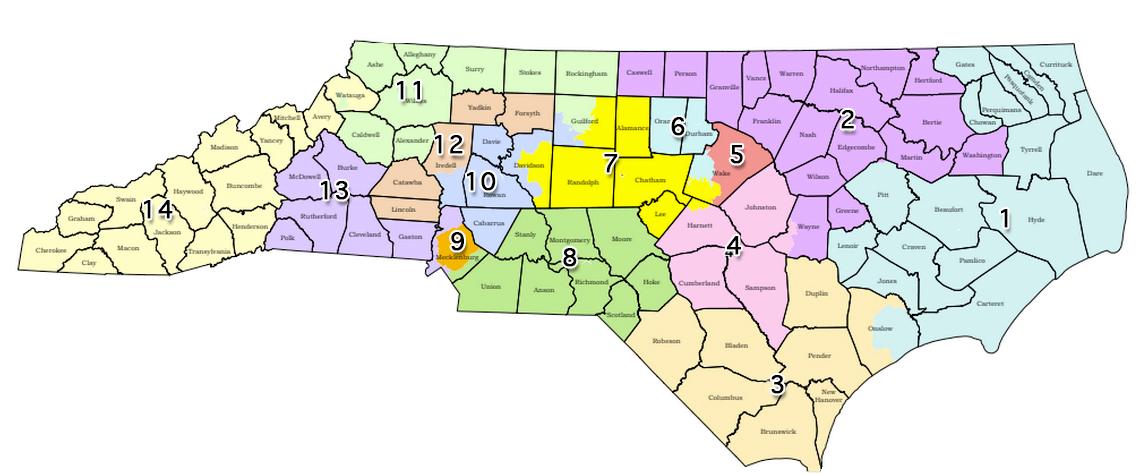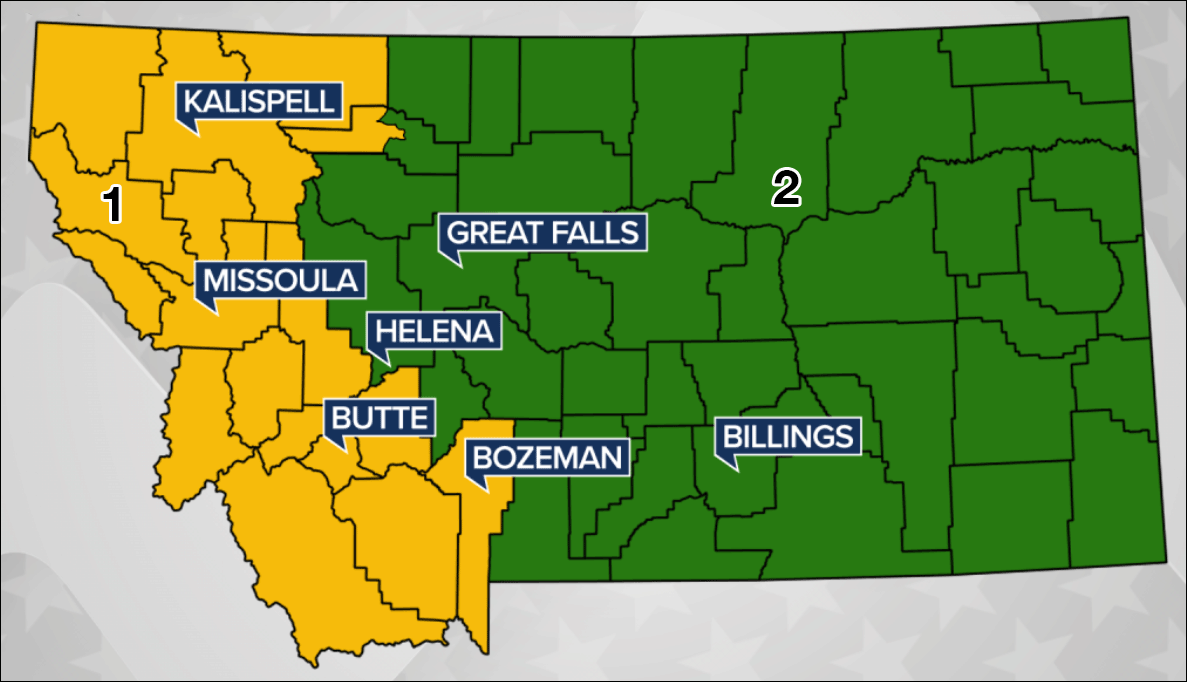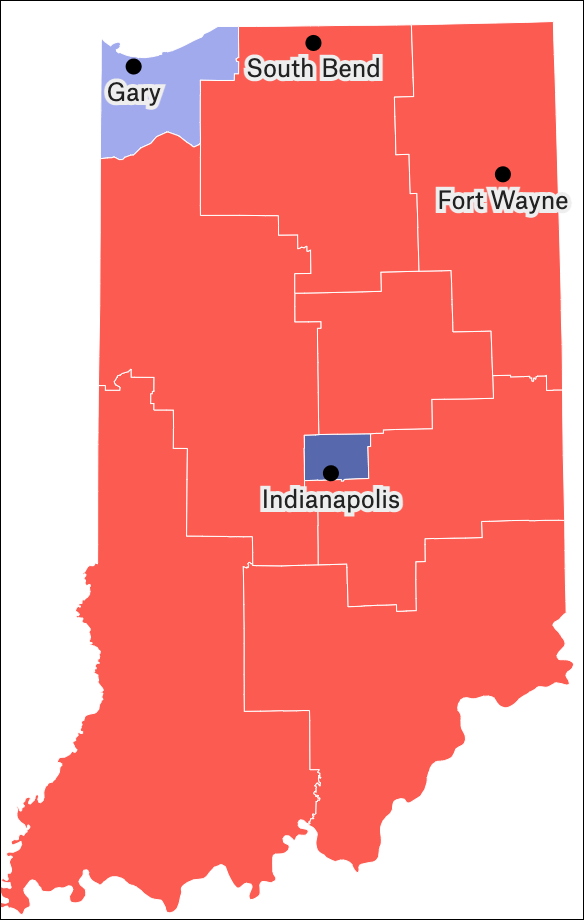By Jim Ellis

A look at how things might play out in key states in the redistricting tug of wars
— In a redistricting year, tracking the open seats can be a bit confusing. Not only do we record retiring members and those seeking other offices, as we do in every election cycle, but in a redistricting year we also see new seats awarded to states in reapportionment, new districts created through map drawing, and collapsed seats. This, in addition to members being paired and certain incumbents choosing to run in districts other than the one they currently represent.
The open seat numbers have grown significantly during the past month. As a result, we see 24 members leaving their current districts either for retirement or to run for another office. Sixteen are from the majority Democratic conference, with eight coming from their Republican counterparts.
One seat, FL-20, remains in special election cycle and will be filled on Jan. 11. At that point, the House will have its full compliment of 435 members for the first time in this Congress.
Reapportionment changed locations within states for seven congressional seats, and map drawing has added an additional four new seats to date for a total of 11 nationally. The new seats also lead to a commensurate number of incumbent pairings or collapsed districts.
Adding the numbers from all of these categories tells us that 43 House seats have been affected in addition to four members who have declared for seats they don’t currently represent.
The collapsed seats tell their own story. In this category, certain members have nowhere to run, typically in states that lost a seat in reapportionment. In many instances, the member without a place to run is one who had previously indicated that he or she is leaving the House.
In California, the first draft redistricting map shows that Rep. Karen Bass’ (D-Los Angeles) seat would be the one collapsed, because the state is, for the first time in history, losing a district. Bass, however, previously announced that she is running for mayor of Los Angeles, so seeing her seat as the one forfeited was not a surprise.
Illinois Rep. Adam Kinzinger (R-Channahon) was geographically in a difficult position because the map drawers needed the leftward voters in his district to enhance two adjoining Democratic seats. Therefore, he became the odd man out.
Continue reading →







